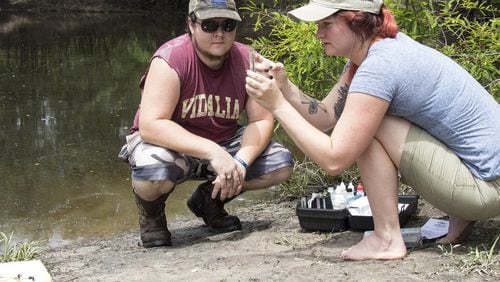A new network of low-cost water quality sensors will soon be deployed across Georgia, after federal environmental officials agreed to fund a program to help track the health of local waterways.
Worth the equivalent of a $27,000 grant from the U.S. Environmental Protection Agency, the program aims to build upon sampling already done in the state by using cheaper sensors that continuously monitor conditions in the locations they are placed.
In this case, the project will tap into the knowledge and enthusiasm of local volunteers and environmentalists through the state’s Adopt-A-Stream program.
Volunteers in the program will attend two-day workshops to learn how to build, maintain and monitor the sensors and track baseline data about air temperature, water temperature, conductivity, pH and dissolved oxygen in the water.
Up to 15 sensors will be deployed through the program, according to Harold Harbert, Watershed Protection Branch Outreach Unit Manager with the state Environmental Protection Division. Locations for the sensors have not yet been chosen.
About the Author







